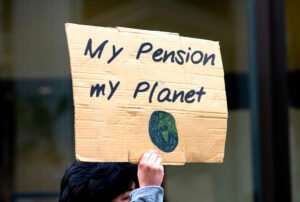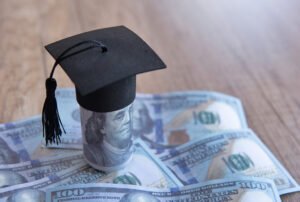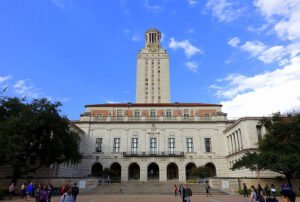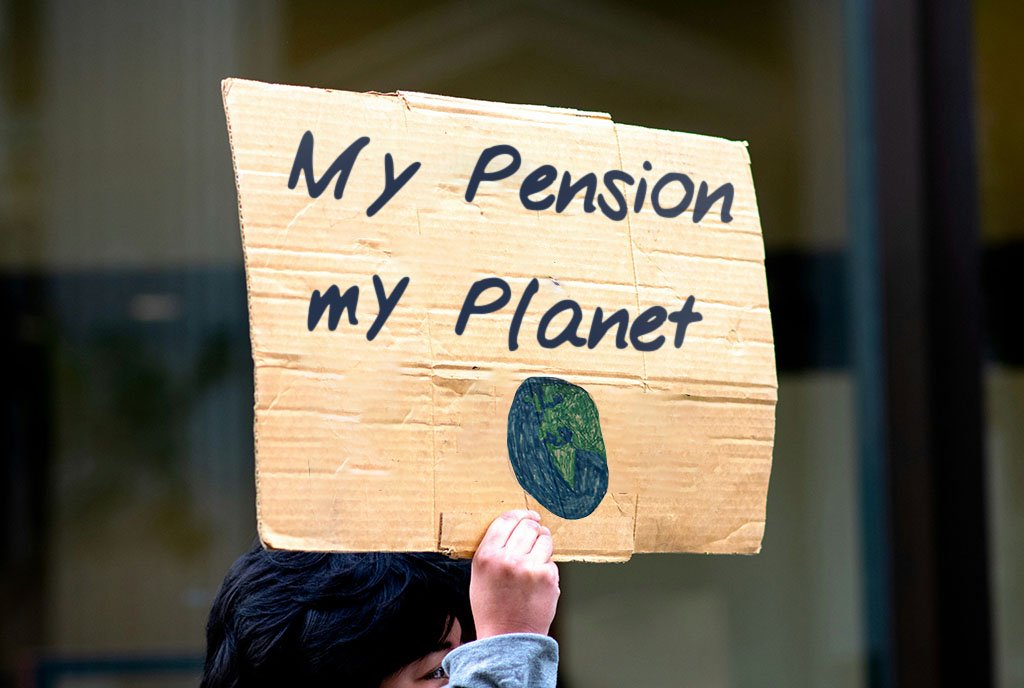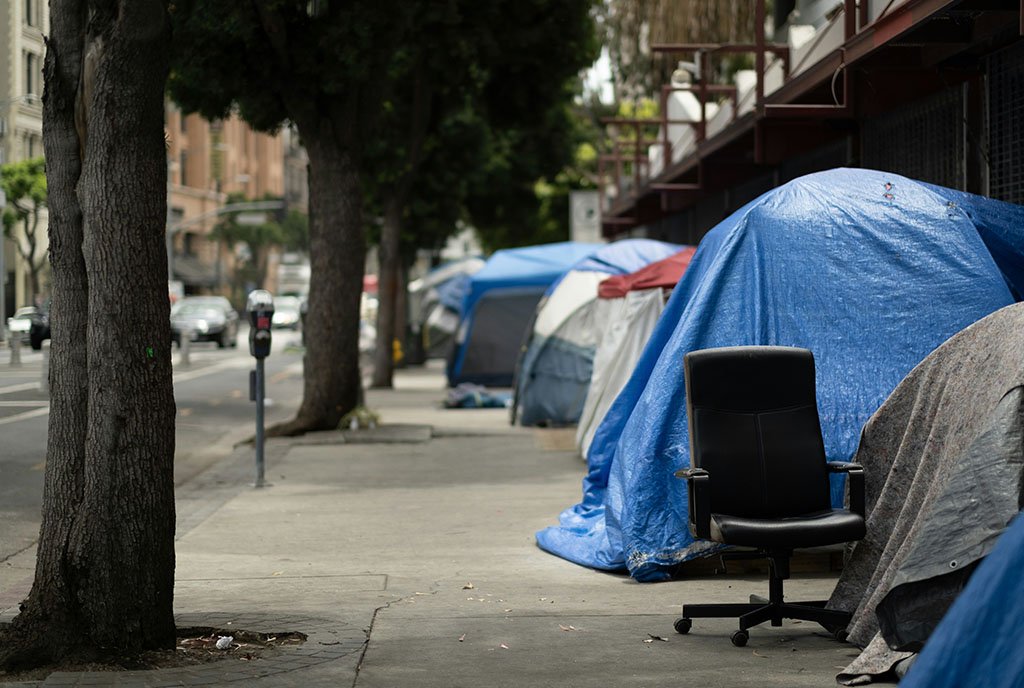
Not long ago, most federal student loan borrowers received the following email message from the US Department of Education:
As a result of legislation enacted by Congress, the student loan payment pause is ending. Student loan interest will resume Sept. 1, 2023. Payments will be due in October 2023 for most borrowers.
We understand that your life may have changed since the last time you made a student loan payment, or this may be your very first time making a payment. We are here to provide support and resources to you as you prepare for payments to resume, so you can identify the needs of your unique financial situation. Visit our Preparing for Payments to Resume page to look at all the resources available to support borrowers in difficult situations.
Got to love the language of federal bureaucracy!
Other borrowers, however, will be getting a far more pleasant message. The department has also started notifying hundreds of thousands of borrowers that their loans will be discharged completely—without having to do a single thing.
Many may receive the good news before the end of summer. The move covers 804,000 federal student loans that those borrowers may have been paying for over 20 years in a new federal initiative that cancels an estimated $39 billion in debt. The data for the number of students affected and the dollars to be forgiven in each state can be seen on this US Department of Education site.
The US Department of Education has started notifying hundreds of thousands of borrowers that their loans will be discharged completely.
Attacking the Student Debt Monster with Incremental Steps
The US Supreme Court in Biden v. Nebraska may have struck down President Joe Biden’s plan to eliminate $400 billion in student debt. However, blocking Biden’s executive order did nothing to fix the ongoing problem of an entirely dysfunctional federal student loan edifice. One can debate the merits and demerits of different debt cancellation plans. That the student debt system in the United States remains broken, however, is hard to dispute.
As I noted a year ago, “It appears that the Biden administration and US Department of Education are putting a foot in every door of the student loan programs and policies, hoping to pry open some room to allow—in even the smallest of ways—release from crushing debt for student loan borrowers.”
There is nothing in the court’s decision that prevents this strategy from continuing to be implemented, as indeed it has been. In short, the administration retains the authority to fix broken rules to allow for more loan forgiveness. (And there are many rules that are broken.) The recent Supreme Court decision also seems to have added new vigor to these efforts to repair bad past federal loan practices.
Fixing Administrative Failures
With its latest $39 billion announcement, the Biden-Harris administration to date has approved more than $116 billion in student loan forgiveness for more than 3.4 million borrowers, including those defrauded by schools that have closed; and students who are disabled, with the Total and Permanent Disability (TPD) Discharge program. To say the obvious, $116 billion (and counting) is real money—more than 25 percent of what Biden’s $400 billion plan would have cost. And it illustrates both the depth and breadth of problems within nearly every phase of the federal student loan system.
The statement of US Secretary of Education Miguel Cardona speaks to this: “For far too long, borrowers fell through the cracks of a broken system that failed to keep accurate track of their progress towards forgiveness….By fixing past administrative failures, we are ensuring everyone gets the forgiveness they deserve, just as we have done for public servants, students who were cheated by their colleges, and borrowers with permanent disabilities, including veterans.”
In 2022, Navient agreed to a $1.85 billion settlement with 39 states because it “repeatedly and deliberately put profits ahead of its borrowers.”The language employed is critical to the message; the words “loan forgiveness” are being used as if it’s a new program. However, this is less a new program than it is a fix for an old program that has been handled badly or not at all.
The scale of the errors is extraordinary. Just taking the latest case, the reality is that over 800,000 people are getting their loans canceled because administrators of their income-driven repayment (IDR) plans previously failed to accurately count payments. Had they done the job correctly, these 804,000 borrowers would have already made the requisite 20 years (or 25 years for graduate students) of payments and had their loans forgiven; instead, they had been registered in the “wrong” plan where their payments were not counted. Essentially, the $39 billion in forgiveness involves the correction of a federal accounting error.
Problems with the companies that service the loans have been ongoing. Lawsuits, such as the one against Navient, cite the eight possible loan repayment plans and the lack of explanation from the servicers, who had made consistent and continuing mistakes handling students’ accounts.
Sign up for our free newsletters
Subscribe to NPQ's newsletters to have our top stories delivered directly to your inbox.
By signing up, you agree to our privacy policy and terms of use, and to receive messages from NPQ and our partners.
These “mistakes,” however, just happened to be very profitable for the loan servicing companies that mis-steered borrowers into higher-cost plans. For its part, in 2022, Navient agreed to a $1.85 billion settlement with 39 states because it “repeatedly and deliberately put profits ahead of its borrowers.”
The federal agreement to discharge loans in its latest program is available for anyone to see; Federal Form OMB-1845-0102 is the Income-Driven Repayment (IDR) Plan Request. It looks the same as it did pre-pandemic. On page 11 of the 13-page form, the document clearly states that after 20 years, any balance remaining on the student loan will be forgiven (except for graduate or professional studies; those loans would be forgiven after 25 years).
Originally, however, payments made by the borrowers under different payment plans before they signed up for the income-driven plans did not count toward the 20- and 25-year (240 or 300 months) forgiveness, even if they made regular payments on time.
Even without broad-based debt cancellation…much more can be done. One critical step is to restructure the interest charged for these loans.
Similar problems have plagued the Public Service Loan Forgiveness (PSLF) program, which is designed to allow nonprofit and public-sector workers who borrow funds to have any remaining student debt canceled after making 10 years or 120 months’ worth of payments.
This arbitrary rule was corrected in April 2022 when the Biden-Harris administration determined that if a payment was made under any plan, it counts. The badly needed overhaul of the PSLF program last year already provided $45 billion in student loan forgiveness for over 650,000 borrowers. That fix made all payments count toward the 120 payments needed in PSLF, too.
What Else Can Be Done under Current Law?
Even without broad-based debt cancellation (which now, due to the recent US Supreme Court decision, would require legislative authorization), much more can be done. One critical step is to restructure the interest charged for these loans—both in the payment amounts (as I wrote about earlier this year) and the timing of interest compounding.
As noted above, steering has been part and parcel of the dysfunctional federal student loan system, with loan servicers frequently encouraging borrowers to go on forbearance if they had problems making payments without making it clear that they continue to accrue interest daily even when they don’t have to make monthly payments.
That’s one aspect of the system. Then, there is also the interest while attending school.
Graduate students and students who are over the federal subsidized student loan limit might find themselves in the position of taking on additional unsubsidized loans, which begin to accumulate interest as soon as they are disseminated. These students are free to pay interest as they attend college, but it is not likely they will have the funds to do that. (If they did, why would they take on the loans in the first place?)
Many students as a result leave school already owing more than they borrowed. In my own case, I owed $32,084 in interest on top of the loan when I walked across the stage in my cap and gown. Borrowers can end up paying double and triple what they originally took out for school loans.
The bulk of the dollars that are canceled by these actions of the Biden administration are likely to be interest write-offs. Indeed, in many cases, the principal was paid back long ago.
Of course, for the millions of borrowers who haven’t been so fortunate as to have had their loans discharged, monthly payments are now resuming, and injustices like the above will continue. The need for advocacy continues, too.
As Debt Collective activist Astra Taylor has pointed out, after the Supreme Court decision in June, Biden promised borrowers that his administration would “use every tool at our disposal to get you the student debt relief you need.” Converting these words into action will require vigilance. Fortunately, many movement groups, including Debt Collective and the Student Borrower Protection Center, remain on the case.



